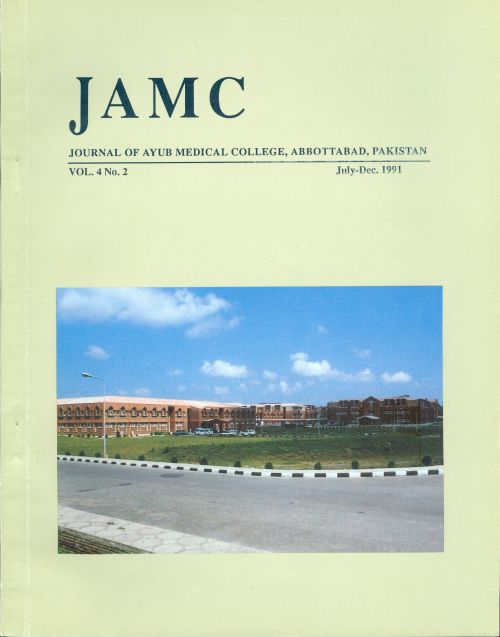MOTHER AND CHILD NUTRITION IN THE NWFP
Abstract
An analysis of food production capacity in Pakistan shows that sufficient food is available inthe country. In addition, infectious diseases are on a decline, and educational and other services are
reaching more and more people. Inspite of that, malnutrition persists throughout the country at high
social and economic cost to the nation.
Malnutrition can be defined as a state of human body which results from disease factors or
from inadequate intake of nutrients, that affect digestion, absorption, transport and utilization of
nutrients. This can be traced to internal as well as external factors. Internal factors are physiological
in nature, which are usually caused by infectious diseases leading to pathological conditions.
External factors on the other hand, are economic, social, political and cultural in nature which can
influence the process of production and distribution in the society.
Keeping in view the complex nature of the problem of malnutrition globally, freedom from
hunger and malnutrition was declared a basic human right in the Universal Declaration of Human
Rights1 in 1948. The importance of this right was reiterated in the United Nations World Food
Conference2 in 1974, and elimination of hunger and malnutrition was adopted as one of the goals of
the Third Development Decade. The concerns expressed at the global level adequately signify the
gravity of the problem, to alleviate which actions must be initiated at the national level.
References
Article 25, para 1.
Article 24.
Government of Pakistan, National Institute of Health; National Nutrition Survey 1985-1987 Report;
, Islamabad.
Downloads
How to Cite
Issue
Section
License
Journal of Ayub Medical College, Abbottabad is an OPEN ACCESS JOURNAL which means that all content is FREELY available without charge to all users whether registered with the journal or not. The work published by J Ayub Med Coll Abbottabad is licensed and distributed under the creative commons License CC BY ND Attribution-NoDerivs. Material printed in this journal is OPEN to access, and are FREE for use in academic and research work with proper citation. J Ayub Med Coll Abbottabad accepts only original material for publication with the understanding that except for abstracts, no part of the data has been published or will be submitted for publication elsewhere before appearing in J Ayub Med Coll Abbottabad. The Editorial Board of J Ayub Med Coll Abbottabad makes every effort to ensure the accuracy and authenticity of material printed in J Ayub Med Coll Abbottabad. However, conclusions and statements expressed are views of the authors and do not reflect the opinion/policy of J Ayub Med Coll Abbottabad or the Editorial Board.
USERS are allowed to read, download, copy, distribute, print, search, or link to the full texts of the articles, or use them for any other lawful purpose, without asking prior permission from the publisher or the author. This is in accordance with the BOAI definition of open access.
AUTHORS retain the rights of free downloading/unlimited e-print of full text and sharing/disseminating the article without any restriction, by any means including twitter, scholarly collaboration networks such as ResearchGate, Academia.eu, and social media sites such as Twitter, LinkedIn, Google Scholar and any other professional or academic networking site.










